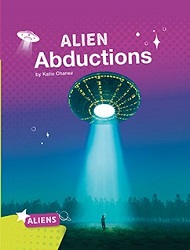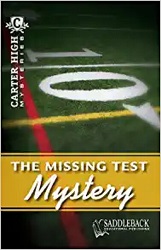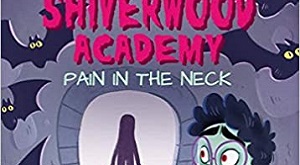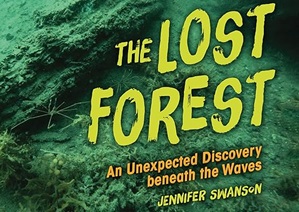What is Hi-Lo?
Every area of publishing has jargon that is confusing to newcomers to the field, but one term that appears over and over in educational publishing is “hi-lo.” So what is hi-lo? Basically hi-lo stands for high interest level with an easier/lower reading level. These books are often intended to be read by a fairly wide age range of readers with accessible, easy-to-read text. Some of these publishers try to avoid the “hi-lo” designation because of concerns that readers will see them as books for “stupid kids” so the term “hi-lo” rarely appears on the actual books. The books are described as books for reluctant or struggling readers.
Hi-lo books target both readers who are struggling and those who are competent but simply disinterested in reading. As a result, not all hi-lo books have carefully controlled vocabulary or other strict leveling demands. For reluctant readers, the actual reading process isn’t the challenge, instead the problem is keeping a reader interested from beginning to end. For these books, the most important elements are interest level, a great cover, and a short word count. The books are quick reads to guarantee a feeling of success at finishing. Hi-lo books will also have considerably more white space on a page with shorter sentences, shorter paragraphs and abundant dialogue (or, in the case of nonfiction, quotes).
Hi-Lo Nonfiction
 Publishers of hi-lo nonfiction look for content that will grab reader interest, content that a reader would choose on his or her own if the form of the content weren’t an issue. In nonfiction, hi-lo books tend to cover topics that are surprising, grotesque or simply popular. Hi-lo biographies will often cover celebrities and popular athletes. Hi-lo animal books often look at strange facts. And technology-focused hi-lo books looking at robotics and other rapidly evolving tech can be popular. Hi-lo nonfiction often has a provocative or adventurous slant such as books focused on surviving different historical catastrophes or recounting real-life survival stories. The common denominator for these books is fast reader engagement through exciting covers and attention-grabbing titles.
Publishers of hi-lo nonfiction look for content that will grab reader interest, content that a reader would choose on his or her own if the form of the content weren’t an issue. In nonfiction, hi-lo books tend to cover topics that are surprising, grotesque or simply popular. Hi-lo biographies will often cover celebrities and popular athletes. Hi-lo animal books often look at strange facts. And technology-focused hi-lo books looking at robotics and other rapidly evolving tech can be popular. Hi-lo nonfiction often has a provocative or adventurous slant such as books focused on surviving different historical catastrophes or recounting real-life survival stories. The common denominator for these books is fast reader engagement through exciting covers and attention-grabbing titles.
Hi-lo Fiction
 In terms of fiction, hi-lo books tend to be action heavy with plenty of conflict and compelling dialogue. Hi-lo books also tend to have diverse characters to help them appeal to reading groups everywhere. They can be light on description, but have strong plots with strong momentum. Humor is also a popular element in hi-lo books, though humor can be harder to manage in the tight word counts and reading level needs of hi-lo.
In terms of fiction, hi-lo books tend to be action heavy with plenty of conflict and compelling dialogue. Hi-lo books also tend to have diverse characters to help them appeal to reading groups everywhere. They can be light on description, but have strong plots with strong momentum. Humor is also a popular element in hi-lo books, though humor can be harder to manage in the tight word counts and reading level needs of hi-lo.
Hi-lo fiction for teens is often quite edgy with plots that can include difficult subjects like violence, suicide, drugs and sex, often in urban settings. But though the subjects are mature, the reading is accessible with short word counts, few (if any) flashbacks, illustrations, and plenty of white space on a page. Teen hi-lo is also popular for adults who are learning to read English and don’t want to rely on books written for young children.
Each Publisher Has Their Own Guidelines for Hi-Lo
For writers, the key thing to know about hi-lo is that you don’t need to learn a complicated system before connecting with the publisher. Often publishers have very clear and specific guidelines for what they want in a hi-lo book and will work with authors to get what they need. So the best way to prepare to become a hi-lo writer is to read as many examples as you can and notice what the books have in common: excitement, fast pace, reader engagement, etc. This exciting slice of publishing may have a spot for you. Do you want it?







